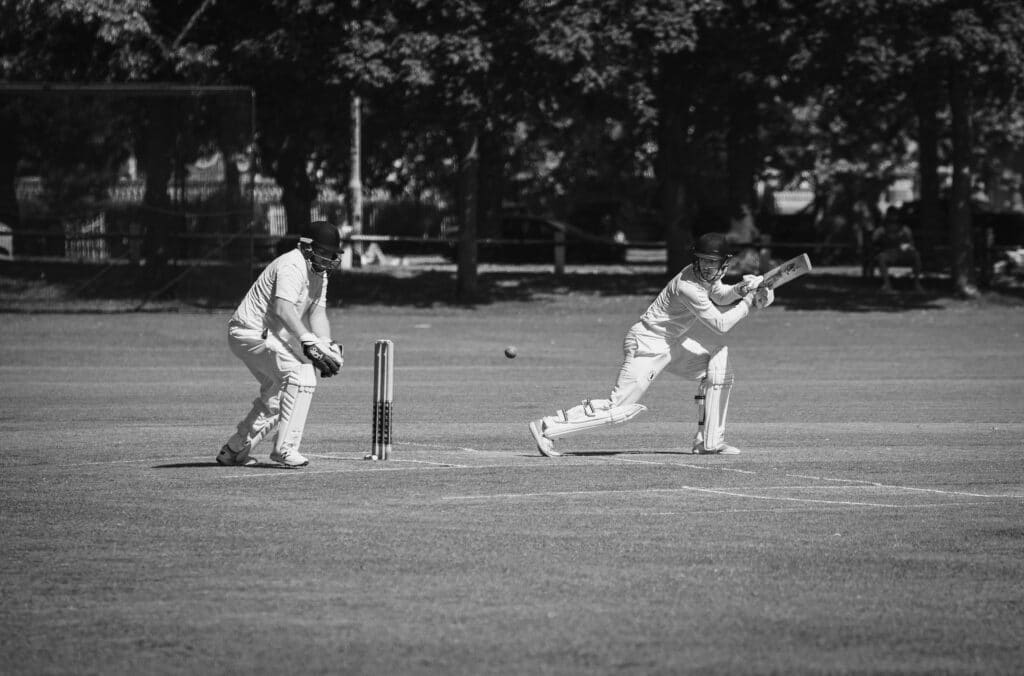What we’ll cover
- Key Insights
- Why should I start hydrotherapy after surgery?
- How do I start hydrotherapy after surgery?
- When can I start hydrotherapy after surgery?
- Healing Timeframes and Variations
- Consultation with Your Surgeon
- The best hydrotherapy exercises for post-surgery rehabilitation
- Tailoring Exercises to Your Needs
The use of aquatic therapy in post-operative rehabilitation
Recovering from surgery can be a challenging journey, but the right rehabilitation approach can make all the difference. Hydrotherapy, or aquatic therapy, has become an increasingly popular method for post-operative recovery.
Today, we’ll explore the key benefits of hydrotherapy after surgery, how to get started, when it’s the right time to begin, and the best exercises to support your rehabilitation. With expert guidance and a personalised approach, hydrotherapy can help you regain strength, confidence, and quality of life after surgery. Let’s dive in!
Key Insights
- Hydrotherapy is a powerful tool for post-surgery recovery. Its low-impact, water-based environment helps reduce pain, improve mobility, and accelerate muscle recovery while minimising strain on healing tissues.
- Start hydrotherapy under professional guidance. A thorough assessment by experienced physiotherapists, like those at ME Physio, ensures that hydrotherapy is safe and tailored to your specific needs.
- Timing matters. Most patients can begin hydrotherapy between 2 to 6 weeks post-surgery, depending on the type of procedure and the healing of surgical wounds. Consult your surgeon and physiotherapist to determine the best time for you.
- Exercises are designed to meet individual recovery goals. Water walking, leg lifts, arm circles, and other targeted exercises support strength, flexibility, and mental well-being throughout the rehabilitation journey.
- Personalisation is key. Recovery is unique to each individual. A customised hydrotherapy plan ensures you progress at a pace that’s right for you, aligning with your overall recovery goals.
Why should I start hydrotherapy after surgery?
Post-operative rehabilitation is a critical phase in the recovery journey, and hydrotherapy offers unique benefits that make it an excellent choice for regaining strength, mobility, and confidence.
Also known as aquatic therapy, hydrotherapy utilises the therapeutic properties of water to create a low-impact, supportive environment for recovery. Here’s why it can be a game-changer in your post-surgical rehabilitation plan:
1. Reduces Pain and Inflammation
The natural buoyancy of water reduces the pressure on joints and muscles, alleviating pain and discomfort. The warmth of the water improves blood circulation, which can help reduce inflammation and promote healing in the surgical area.
2. Improves Range of Motion and Mobility
Hydrotherapy allows gentle movements without the strain of gravity, making it easier to perform exercises that might be challenging on land. This can help improve flexibility and restore your range of motion gradually and safely.
3. Accelerates Muscle Strength and Recovery
Exercising in water offers resistance in all directions, helping you rebuild muscle strength effectively. The resistance can be adjusted by varying the speed of movements, ensuring exercises are tailored to your fitness level and recovery stage.
4. Low-Impact Environment for Healing
Traditional exercises can sometimes strain healing tissues or put unnecessary stress on the surgical site. Water’s buoyancy provides a protective environment where you can work on rehabilitation without the risk of further injury.
5. Boosts Mental Well-being
Recovering from surgery can be physically and emotionally taxing. Hydrotherapy has been shown to reduce stress and promote relaxation, thanks to the soothing properties of warm water. This holistic approach supports both your physical and mental recovery.
How do I start hydrotherapy after surgery?
Embarking on hydrotherapy as part of your post-operative recovery requires expert guidance to ensure safety and effectiveness. At ME Physio, we make it simple and tailored for your needs.
Step 1: Book a Consultation with Our Physiotherapists
The first step is to reach out to our experienced physiotherapy team. You can book an appointment online or call us directly to schedule a consultation. This initial appointment is crucial for understanding your specific needs and goals.
Step 2: Comprehensive Assessment at ME Physio
Our skilled physiotherapists will conduct a thorough assessment to evaluate your current condition, including the nature of your surgery, your recovery progress, and any potential risks. This ensures that hydrotherapy is not only safe for you but also optimised for your rehabilitation journey.
Step 3: Personalised Hydrotherapy Plan
Based on your assessment, we’ll design a hydrotherapy program tailored specifically to your recovery goals. This plan will focus on improving strength, mobility, and function while minimising pain and discomfort. Our programs are adaptable, ensuring that you progress at a pace that’s comfortable and beneficial for your recovery.
Step 4: Liaison with Your Surgeon and Specialists
For seamless care, our team at ME Physio collaborates closely with an extensive network of specialists. If required, we’ll liaise directly with your surgeon to align the hydrotherapy plan with your post-operative instructions. This ensures that every aspect of your recovery is carefully coordinated.
Step 5: Begin Your Hydrotherapy Sessions
Once your plan is in place, you’ll start your hydrotherapy sessions under the guidance of our physiotherapists. These sessions take place in a controlled aquatic environment, where you’ll benefit from low-impact exercises designed to support your recovery.
When can I start hydrotherapy after surgery?
The timing of starting hydrotherapy after surgery depends on the healing progress of your surgical wounds. Ensuring that wounds have sufficiently healed is critical to reducing the risk of infection and allowing you to safely engage in aquatic rehabilitation.
Healing Timeframes and Variations
The timeframe for starting hydrotherapy typically ranges from 2 to 6 weeks post-surgery, depending on the type and complexity of your procedure:
- Arthroscopic Surgery:
This minimally invasive surgery involves smaller incisions, which usually heal more quickly. Patients can often begin hydrotherapy closer to the 2-week mark, provided their wounds show adequate healing. - Joint Replacement Surgery (e.g., Hip or Knee Replacements):
These procedures involve larger, more invasive wounds that take longer to heal. Patients undergoing joint replacement surgery may need to wait 4–6 weeks or longer before it is safe to start hydrotherapy.
Consultation with Your Surgeon
Your surgeon will provide personalised guidance during your post-operative follow-up appointments. They will assess the progress of your wound healing and advise when it is safe to begin hydrotherapy. This ensures that your rehabilitation aligns with your overall recovery plan, minimising risks and optimising outcomes.
The best hydrotherapy exercises for post-surgery rehabilitation
Hydrotherapy exercises are specifically designed to help you regain strength, mobility, and confidence after surgery while minimising strain on your body. The buoyancy and resistance provided by water create a supportive and low-impact environment that is ideal for rehabilitation. Here are some of the best hydrotherapy exercises to accelerate your recovery:
1. Water Walking or Jogging
Purpose: Improves mobility, balance, and lower-body strength.
Walking or jogging in water helps restore natural gait patterns without putting excessive pressure on your joints. Start with slow, deliberate steps in waist- or chest-deep water and gradually increase speed as you build strength.
2. Leg Lifts
Purpose: Strengthens muscles around the hips, knees, and thighs.
Hold onto the pool’s edge or a float for support. Slowly lift one leg to the side, then return to the starting position. Alternate legs and perform a set of 8–10 repetitions for each.
3. Arm Circles
Purpose: Enhances upper-body strength and flexibility.
Stand in shoulder-deep water and extend your arms out to the sides. Slowly make small circular motions, increasing the size of the circles over time. Perform both forward and backward motions.
4. Squats
Purpose: Builds lower-body strength and improves flexibility.
Stand with your feet shoulder-width apart in waist-deep water. Slowly lower yourself into a squat position, keeping your back straight. Use the buoyancy of the water to support your movements and reduce strain.
5. Floating Stretch
Purpose: Promotes relaxation and flexibility.
Lie back in the water with the help of a pool noodle or float. Stretch your arms and legs gently while allowing the water to support your body. This helps reduce stiffness and encourages relaxation.
6. Water Cycling
Purpose: Strengthens core and lower-body muscles.
Hold onto the pool’s edge or a float and mimic a cycling motion with your legs. This exercise is ideal for building endurance and improving joint flexibility.
7. Resistance Band Exercises
Purpose: Increases muscle strength and control.
Use water-resistant bands or paddles to perform resistance exercises for your arms and legs. These tools add extra challenge to the natural resistance provided by water.
8. Step-Ups
Purpose: Enhances balance and lower-body coordination.
Use an underwater step or ledge to perform step-ups. Step one foot onto the platform, followed by the other, and then step back down. Repeat for 10–15 repetitions.
Tailoring Exercises to Your Needs
Each individual’s rehabilitation journey is unique. The specific exercises, intensity, and duration will depend on the type of surgery you’ve had and your current stage of recovery. Our physiotherapists at ME Physio will develop a personalised hydrotherapy program to match your goals and recovery progress.
Benefits of These Exercises
- Encourages safe, pain-free movement
- Accelerates strength building and flexibility
- Reduces swelling and stiffness
- Enhances overall well-being and confidence
By incorporating these exercises into your post-surgery hydrotherapy sessions, you can ensure a smoother and more effective recovery. Consult your physiotherapist to determine which exercises are best suited for your needs and recovery stage.




